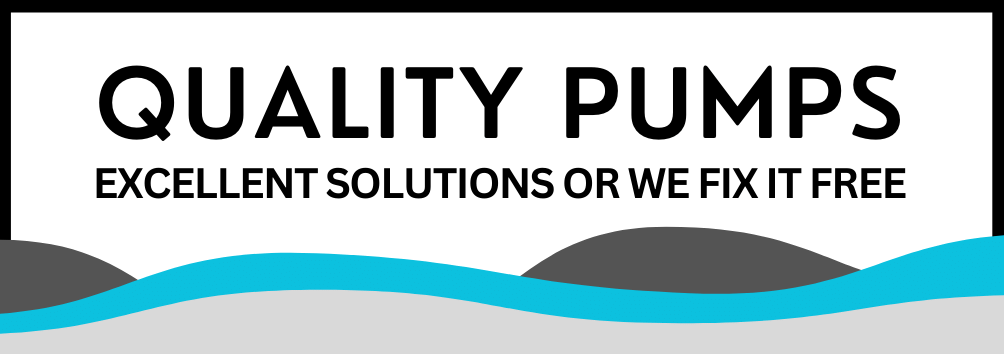What is water pressure?
Water is one of the most important resources on our planet. Without it, life as we know it wouldn't exist. But did you know that water pressure plays a critical role in the way that we use and distribute water? Water pressure is an often overlooked aspect of our water infrastructure, but it is essential to the way that we use water every day. In this blog post, we will explore the fascinating world of water pressure, and discuss its many implications for our daily lives.
Water pressure refers to the force that water exerts against the walls of its container or pipes/vessels it is in. In the case of our homes, water pressure refers to the force that water exerts against the pipes that deliver it to our taps and appliances. Water pressure is typically measured in kilo Pascals (kPa), and it can vary depending on a variety of factors, including the size of the pipe, the elevation of the water source, and the distance that the water has to travel.
Water pressure is important for a variety of reasons. First and foremost, it is essential for the proper functioning of our plumbing systems. If water pressure is too low, faucets and appliances may not work properly, and water may not flow through the pipes as it should. On the other hand, if water pressure is too high, it can cause damage to pipes and fixtures, and may even result in leaks or bursts. Typically fixtures in our homes are rated to 500kPa.
Water pressure is also important for the distribution of water throughout our communities. In order to ensure that water reaches all areas of a city or town, water pressure must be high enough to push water through the many kilometres of pipe that makes up our water infrastructure. This is particularly important in areas with high elevations or hilly terrain, where water must be pumped uphill to reach its destination.
Water pressure is regulated by a variety of mechanisms, including pressure-reducing valves, water towers, and pumps. Pressure-reducing valves are installed in homes and buildings to reduce water pressure to a safe and usable level. Water towers are large storage tanks that are used to store water at high elevations, which creates a gravitational force that helps push water through the pipes. Booster pumps like our VSRE Series are used to increase water pressure in areas where it is too low, such as in rural communities or areas with high elevations. Pressure pumps like the REEFE PRJ and RPS series are also used to supply water from your tank to your home.
Mains water pressure can be affected by the time of day and the season. During peak usage times, such as in the morning when everyone is getting ready for work, water pressure may be lower due to the increased demand for water. Similarly, during the summer months when water usage is higher, water pressure may be lower due to the strain on the water infrastructure.
Water pressure has a number of implications for our daily lives, from the way that we shower and wash dishes to the way that we irrigate our crops and put out fires. In areas with low water pressure, residents may be forced to limit their water usage, which can be a major inconvenience. In areas with high water pressure, residents may be at risk of burst pipes or other plumbing problems.
Water pressure also has implications for the environment. In areas with high water pressure, water may be wasted through leaks and bursts, which can contribute to water scarcity and environmental degradation. In areas with low water pressure, water may be used inefficiently, which can also contribute to water scarcity and environmental degradation.
In conclusion, water pressure is a critical aspect of our water infrastructure, and it plays a major role in the way that we use and distribute water. From the plumbing in our homes to the irrigation of our crops, water pressure has far-reaching implications for our daily lives. By understanding the complexities of water pressure and its regulation, we can work to ensure that water is used efficiently and resourcefully.
